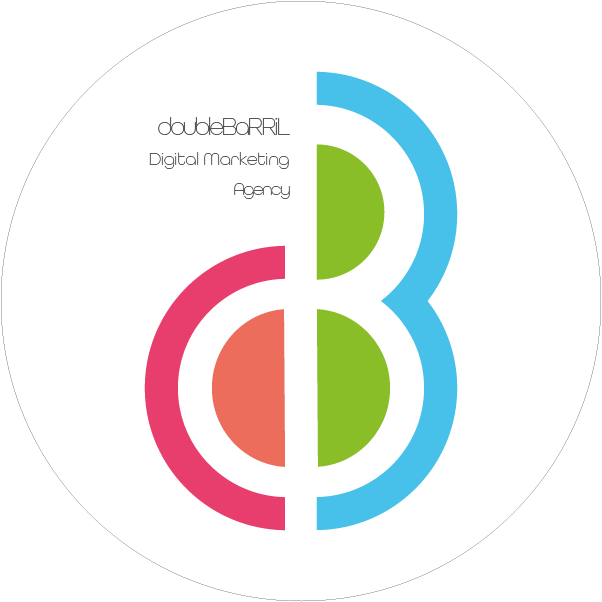Video Marketing Evolution
Title: Video Marketing Evolution
In the ever-evolving landscape of digital marketing, video has emerged as a transformative medium that continues to reshape the way businesses connect with their audience. The journey of video marketing evolution is a testament to the adaptability and innovation that define successful marketing strategies in the modern age.
The Early Days of Video Marketing
To truly appreciate the evolution of video marketing, we must rewind to a time when the internet was in its infancy. Websites were static, and the concept of streaming video content was a distant dream. However, with the proliferation of high-speed internet and the emergence of platforms like YouTube, video marketing found its footing.
From Static Ads to Engaging Narratives
Initially, video marketing was a simple extension of traditional advertising. Brands would create short video ads, hoping to capture the attention of viewers. These videos were often standalone, lacking the engagement and storytelling elements we associate with modern video marketing.
As technology advanced and consumer preferences shifted, marketers began to recognize the power of storytelling in video content. Instead of merely promoting products, brands started to craft compelling narratives that resonated with their audience’s emotions and aspirations. This shift marked a pivotal moment in the evolution of video marketing, as it transformed video content from a promotional tool into a medium for building meaningful connections.
Live Video: Adding Authenticity and Interactivity
One of the most significant developments in video marketing evolution was the advent of live video streaming. Platforms like Facebook Live, Instagram Live, and Twitch enabled brands to connect with their audience in real-time. This added a layer of authenticity and interactivity that was previously unattainable through traditional advertising.
Businesses began using live video for various purposes, including product launches, behind-the-scenes glimpses, Q&A sessions, and even virtual events. This real-time engagement allowed viewers to ask questions, offer feedback, and feel like active participants rather than passive observers. Live video bridged the gap between brands and their audience, fostering a sense of community and transparency.
Short-Form Content and the TikTok Revolution
As technology continued to advance, attention spans grew shorter. This shift in consumer behaviour gave rise to short-form video content, exemplified by the explosive popularity of TikTok. With a strict time limit, often spanning just a few seconds, brands faced the challenge of conveying their message concisely and creatively.
TikTok’s algorithmic approach to content discovery, which prioritizes personalization and virality, offered brands a unique opportunity to reach new audiences organically. By participating in trending challenges or creating captivating short narratives, businesses tapped into the platform’s massive user base to garner attention and drive engagement.
The Era of Immersive Experiences
The journey of video marketing evolution didn’t stop at short-form content. It continued to embrace interactivity and immersion. Technologies like 360-degree video, augmented reality (AR), and virtual reality (VR) allowed brands to transport viewers into unique and engaging environments.
Interactive elements within videos, such as clickable hotspots and branching narratives, transformed passive viewers into active participants. This level of engagement not only enhanced the viewer’s experience but also provided valuable data and insights for brands to refine their marketing strategies.
Looking Ahead: The Future of Video Marketing
As we peer into the future, it’s clear that video marketing will continue to evolve. Artificial intelligence and machine learning will enable hyper-personalised video content, ensuring that brands deliver the right message to the right audience at the right time.
In conclusion, the journey of video marketing evolution is a testament to the adaptability and creativity of marketers in the digital age. From static ads to engaging narratives, live video, short-form content, and immersive experiences, video marketing has continually evolved to meet the changing demands and preferences of consumers. Brands that embrace these changes and harness the power of video will undoubtedly stand out in the competitive digital landscape.
Are you ready to embrace the future? Start implementing brief but impactful interactive strategies today and unlock the potential of this rapidly growing trend. Your customers are waiting to hear from you.






